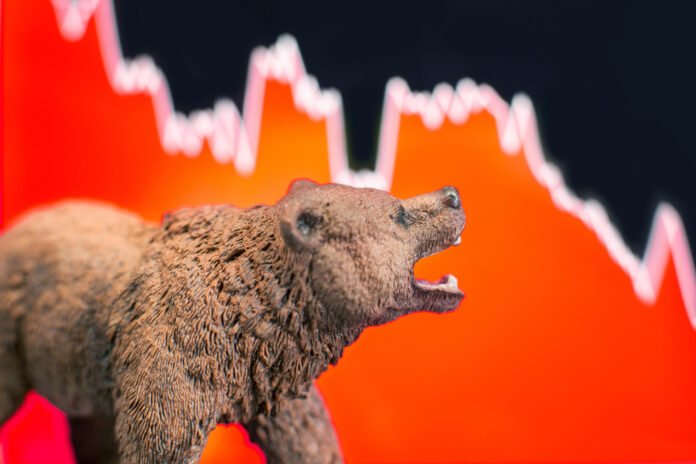The U.S. economy faces mixed signals about a potential 2025 recession. Warning signs include a 0.2% GDP contraction in Q1 2025, slowing consumer spending, and President Trump’s tariff policies driving inflation. The unemployment rate is projected to rise above natural levels through 2027, while 83% of CEOs expect a recession within 18 months. The yield curve has been inverted since July 2022, traditionally a recession predictor.
However, positive indicators persist. Unemployment remains relatively low at 4.2%, retail sales jumped 1.4% in March, and the Federal Reserve maintains steady interest rates. Some economists suggest we’re experiencing a “vibecession” – where negative sentiment doesn’t match actual economic fundamentals. Financial expert Julia Khandoshko advises preparing for a downturn regardless of predictions: reduce unnecessary expenses, delay major purchases, pay down debt, and build emergency savings. The economic outlook remains genuinely uncertain, with compelling arguments on both sides.


